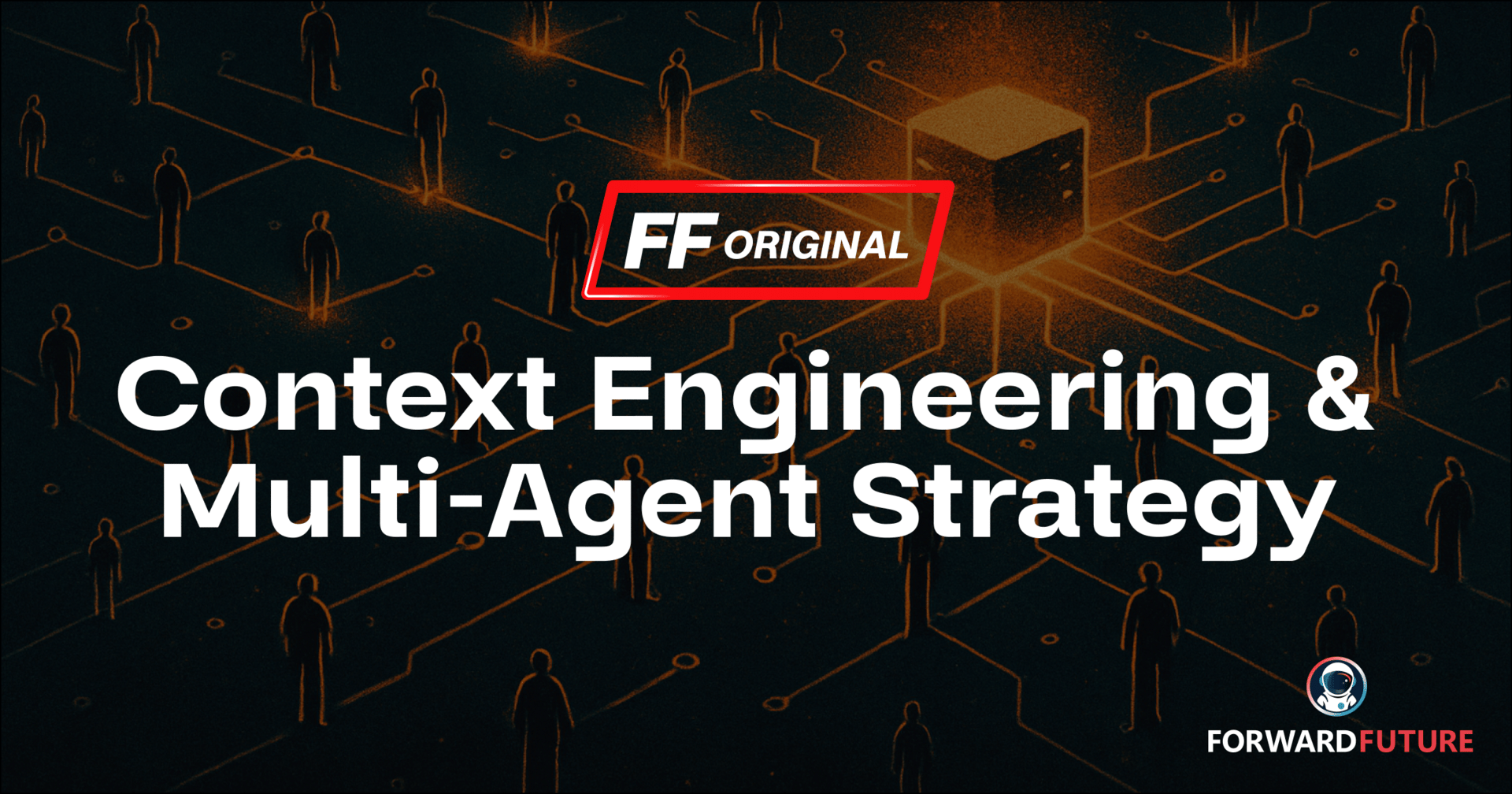🗞 YOUR DAILY ROLLUP
Top Stories of the Day

🔓 OpenAI Drops First Open Models Since GPT-2
OpenAI has released two open-weight reasoning models—gpt-oss-120b and gpt-oss-20b—marking its first open AI launch in over five years. While they trail OpenAI’s top models in accuracy, they outperform rivals like DeepSeek and Qwen. Both are free under Apache 2.0, designed for tool use, and run efficiently—but ship without training data.
🚀 Google Unveils Genie 3, a 'World Model' for Training AI
Google DeepMind has introduced Genie 3, a text-to-simulation “world model” designed to train robots and AI agents in realistic virtual environments like warehouses and ski slopes. Though not yet public, it supports dynamic scene changes and long-form simulations. Google sees it as a key step toward AGI, bridging planning and real-world interaction.
🎵 ElevenLabs Debuts AI Music Generator
ElevenLabs has launched an AI music generator it claims is safe for commercial use, expanding beyond its core text-to-speech tools. To avoid copyright pitfalls, it secured licensing deals with Merlin and Kobalt, whose artists can opt in for AI training. The move follows industry lawsuits against rivals Suno and Udio, raising ongoing questions about creative consent.
👨⚖️ EU AI Act Begins Regulating Powerful General AI
The EU AI Act, the world’s first comprehensive AI law, now applies to general-purpose AI models with systemic risk. It imposes strict rules on both EU and non-EU companies and introduces staggered deadlines through 2027. Backed by steep fines, it aims to balance innovation and safety—but has sparked pushback from tech giants like Meta and Mistral.
👤 AGENTS
Inside OpenAI’s Grand Plan to Build AI That Can Think and Do for You

OpenAI’s quest to build general-purpose AI agents started with an unlikely focus: math competitions. The company’s o1 model, which grew out of research to improve AI’s mathematical reasoning, now powers its most ambitious agentic systems. These models combine reinforcement learning, chain-of-thought techniques, and added compute to mimic human-like planning—enabling breakthroughs like an AI winning gold at the International Mathematical Olympiad.
But OpenAI’s agents still stumble on tasks requiring judgment, such as shopping or travel planning. As rivals like Google, Anthropic, and Meta ramp up their own efforts, the race is on to create AI tools that not only complete tasks but intuitively understand user intent—before someone else gets there first. → Read the full article here.
👾 FORWARD FUTURE ORIGINAL
Context Engineering & Multi-Agent Strategy

The rise of agentic AI has ushered in a paradigm shift in how we design, deploy, and scale intelligent systems. At the center of this evolution are two deeply intertwined ideas: Context Engineering and Multi-Agent orchestration. Both offer powerful tools—but they solve different problems, and applying one without understanding the role of the other can quickly lead to fragile, overengineered, or underperforming systems.
Context engineering refers to the delicate art and science of curating and optimizing the context window within which large language models (LLMs) operate, while multi-agent strategy involves designing systems where multiple autonomous agents interact to solve a problem or complete a task. → Read the full article here.
🤖 MODELS
Alibaba’s Qwen-Image Challenges Midjourney with Open-Source Multilingual Text-to-Image Model

Alibaba’s Qwen Team has released Qwen-Image, a new open-source image generator that excels at embedding readable English and Chinese text into visuals—something even top proprietary models still struggle with. Designed for tasks like marketing, education, and presentation design, the model supports precise, layout-aware typography and operates under an Apache 2.0 license, making it freely usable for commercial applications.
Despite promising benchmarks and enterprise-friendly architecture, real-world use shows mixed results in prompt adherence and text fidelity. Still, Qwen-Image’s modular design, training transparency, and top-tier leaderboard rankings mark it as a serious contender, especially for enterprises seeking open alternatives to Midjourney and Adobe Firefly. → Read the full article here.
⚛️ SCIENCE
AI Simulates Billions of Atoms to Reinvent Concrete

Researchers at USC have developed Allegro-FM, an AI-powered model that simulates over 4 billion atoms to design smarter, longer-lasting, and potentially carbon-neutral concrete. By virtually testing new chemistries, the team aims to reabsorb CO2 into the material itself—turning a major emissions source into a climate solution.
The model’s quantum-level accuracy and vast scale mark a leap in materials science, enabling breakthroughs like fire-resistant concrete and Roman-style durability. → Read the full paper here.
🛰 NEWS
What Else is Happening

🕹 DeepMind Unveils Genie 3 as AGI Step: The new world model generates interactive 3D environments from text prompts; training AI agents in physics-aware, memory-rich worlds aimed at unlocking general intelligence.
⚔️ Perplexity Scraping Debate Heats Up: Cloudflare accused Perplexity of bypassing bot blocks; defenders argue it was user-driven access, not stealth crawling—fueling a bigger battle over AI agents and web boundaries.
😠 Swedish PM Slammed for Using ChatGPT: Ulf Kristersson admits leaning on AI tools for political second opinions, sparking backlash over transparency, data security, and who’s really in charge.
💰 Cognition Offers Windsurf Team a Buyout: Just weeks after acquiring Windsurf, Cognition laid off 30 staff and told the rest: take 9 months’ pay to leave, or work 80-hour weeks, six days on-site.
🧪 AI Boosts Plastic Strength: MIT and Duke used machine learning to discover iron-based molecules that make plastics 4x more tear-resistant, paving the way for tougher materials and less plastic waste.
🛃 Trump Plans Chip Tariffs Next Week: Trump says new semiconductor tariffs are imminent to push U.S. manufacturing. targeting Taiwan as chip demand surges across AI and tech sectors.
💼 JOB BOARD
Now Hiring: OpenAI, DeepMind, & More
📽 VIDEO
The Most Advanced World Model Ever...
Google’s Genie 3 is a real-time, controllable world model that generates ultra-realistic, interactive 3D environments—key for AGI and next-gen gaming.
That’s a Wrap!
🛰️ Want more Forward Future? Follow us on X for quick updates, subscribe to our YouTube for deep dives, or add us to your RSS Feed for seamless reading.
Thanks for reading today’s newsletter—see you next time!
Matthew Berman & The Forward Future Team
🧑🚀 🧑🚀 🧑🚀 🧑🚀

